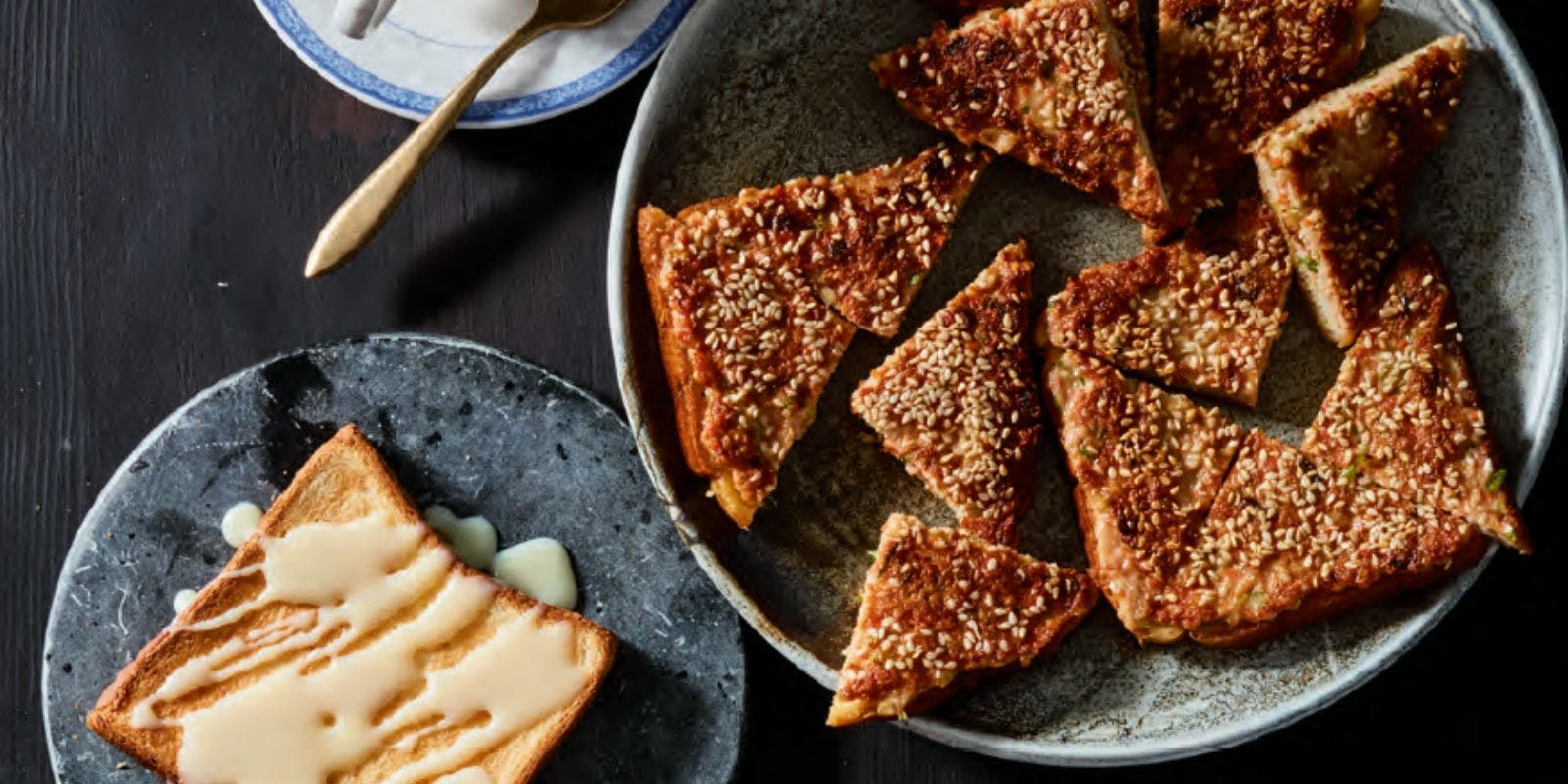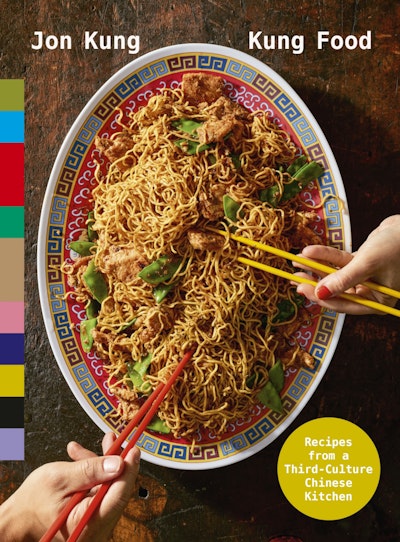Though 'toast' (in the sense of something beyond buttered bread) really came into the American culinary zeitgeist with the millennial generation, in Hong Kong it’s been a teatime staple for decades, ever since British imperialists introduced bread to the island.
Locals assimilated it into their own food culture, and soon enough shrimp toast – what I suspect was just shrimp dumpling filling spread over a slice of bread and pan-fried – had become a ubiquitous and quintessential Hong Kong dish. While totally optional, the brunoised vegetables – especially the water chestnuts – provide a nice crispness and textural contrast to the rich paste.
Makes: 4 toasts
Ingredients
Shrimp paste
- 8 ounces peeled and deveined raw shrimp (any size)
- 2 garlic cloves, roughly chopped
- 1 teaspoon grated fresh ginger
- 2 teaspoons light soy sauce
- 2 teaspoons toasted sesame oil
- 1 teaspoon oyster sauce
- ½ teaspoon freshly ground white pepper
- ½ teaspoon smoked paprika
- 1 teaspoon cornstarch
- 1 large egg white
- 2 scallions, thinly sliced
- 1 carrot, brunoised (¼ cup; optional)
- 1 celery stalk, brunoised (¼ cup; optional)
- ¼ cup brunoised canned water chestnuts (optional)
Toasts
- 4 thin slices soft white sandwich bread
- 1 tablespoon untoasted hulled sesame seeds
- Neutral oil
Method
- Make the shrimp paste: In a food processor, combine the shrimp, garlic, ginger, soy sauce, sesame oil, oyster sauce, white pepper, and paprika and blitz into a paste. Add the cornstarch and egg white and pulse to fully combine. Transfer to a medium bowl and stir in the scallions and the carrot, celery, and water chestnuts (if using). Transfer the shrimp paste to a bowl, cover with plastic wrap, and refrigerate for at least 30 minutes and up to 24 hours.
- Make the toasts: When ready to cook, spread the shrimp paste over one side of each slice of bread, dividing it evenly among them and making sure to fully and evenly cover the entire surface. Sprinkle evenly with the sesame seeds.
Tip: There’s no need to pretoast the sesame seeds – they will toast up when you fry them.














